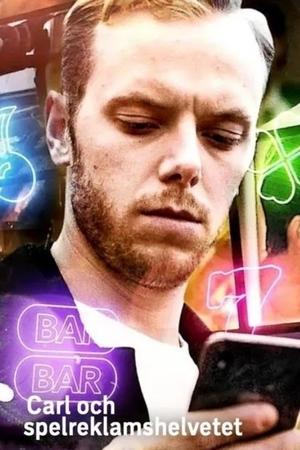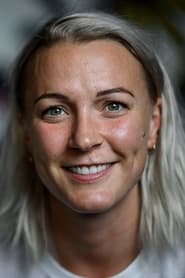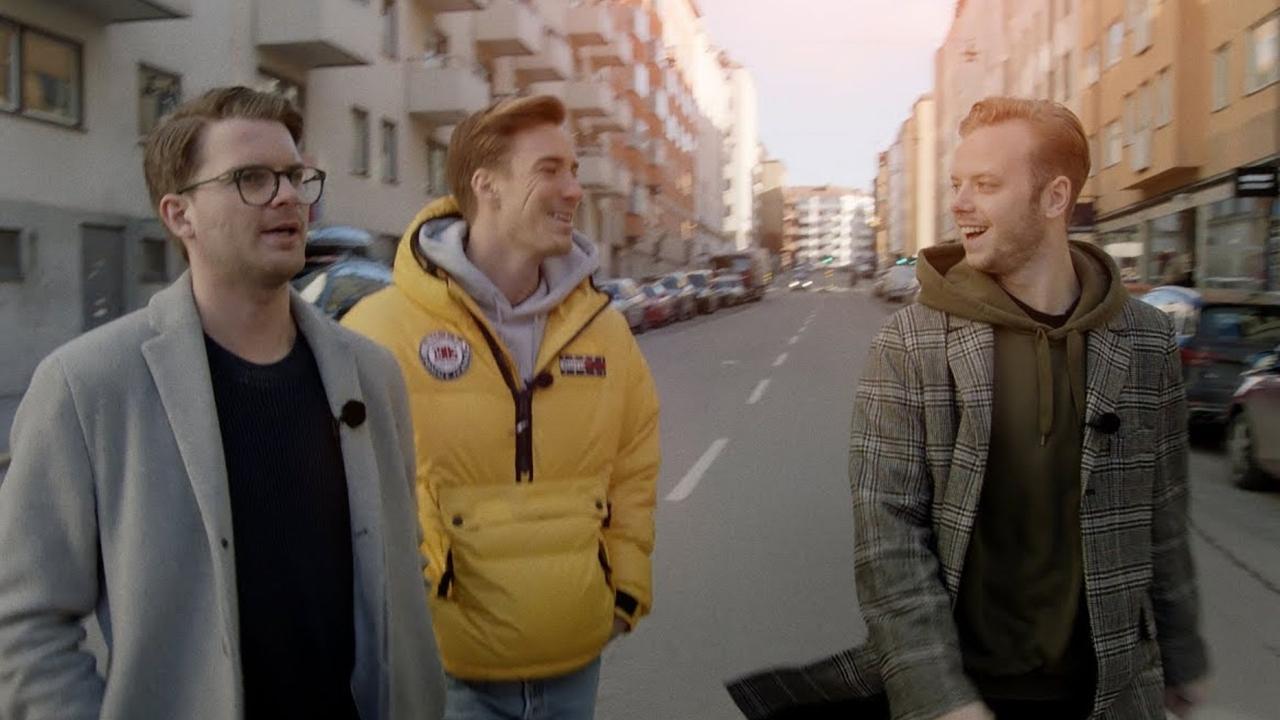
Carl och spelreklamshelvetet(2019)
Internet comedian Carl Déman from the humor group JLC lived a life that looked glorious. But beneath the surface was a terrible gambling addiction that almost cost him his life. In 2019, he and other gambling addicts struggle to stay afloat in a contemporary age marinated in gambling advertising. Carl wants to ask those who make the advertising how they think and wonders why the advertising profiles now also come from the world of culture and entertainment.

Movie: Carl och spelreklamshelvetet
Top 10 Billed Cast
Self
Self
Self
Self
Self
Video Trailer Carl och spelreklamshelvetet
Similar Movies
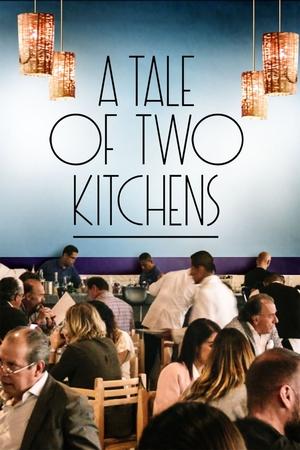 6.2
6.2A Tale of Two Kitchens(en)
Two countries, two restaurants, one vision. At Gabriela Cámara's acclaimed Contramar in Mexico City, the welcoming, uniformed waiters are as beloved by diners as the menu featuring fresh, local seafood caught within 24 hours. The entire staff sees themselves as part of an extended family. Meanwhile at Cala in San Francisco, Cámara hires staff from different backgrounds and cultures, including ex-felons and ex-addicts, who view the work as an important opportunity to grow as individuals. A Tale of Two Kitchens explores the ways in which a restaurant can serve as a place of both dignity and community.
 7.0
7.0Land Without Bread(es)
An exploration —manipulated and staged— of life in Las Hurdes, in the province of Cáceres, in Extremadura, Spain, as it was in 1932. Insalubrity, misery and lack of opportunities provoke the emigration of young people and the solitude of those who remain in the desolation of one of the poorest and least developed Spanish regions at that time. (Silent short, voiced in 1937 and 1996.)
 8.2
8.2Night and Fog(fr)
Filmmaker Alain Resnais documents the atrocities behind the walls of Hitler's concentration camps.
Yoghurt(sv)
Six strangers are sitting in a conference room. They’re in a focus group, but how much is there really to say about yoghurt? There’s so much more to discover about each other.
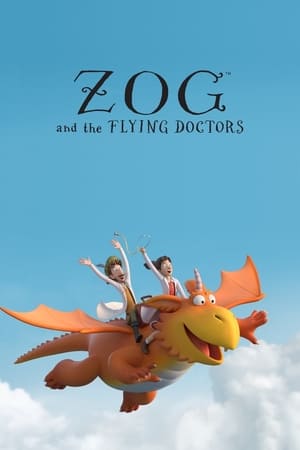 6.5
6.5Zog and the Flying Doctors(en)
Pearl and Gadabout are now a flying doctor trio, caring for creatures including a mermaid, a unicorn and a sneezy lion. However when bad weather forces them to land at the palace, Pearl is locked up by her uncle, the king.
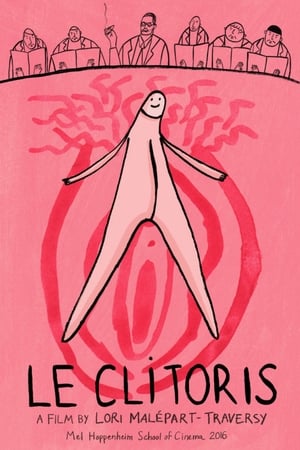 6.8
6.8Le Clitoris(fr)
Women are lucky, they get to have the only organ in the human body dedicated exclusively for pleasure: the clitoris! In this humorous and instructive animated documentary, find out its unrecognized anatomy and its unknown herstory.
 6.8
6.8Paparazzi(fr)
Paparazzi explores the relationship between Brigitte Bardot and groups of invasive photographers attempting to photograph her while she works on the set of Jean-Luc Godard's film Le Mépris (Contempt). Through video footage of Bardot, interviews with the paparazzi, and still photos of Bardot from magazine covers and elsewhere, director Rozier investigates some of the ramifications of international movie stardom, specifically the loss of privacy to the paparazzi. The film explains the shooting of the film on the island of Capri, and the photographers' valiant, even foolishly dangerous, attempts to get a photograph of Bardot.
The Return of Bond: The Start of Production Press Event(en)
A short documentary about the press of GoldenEye.
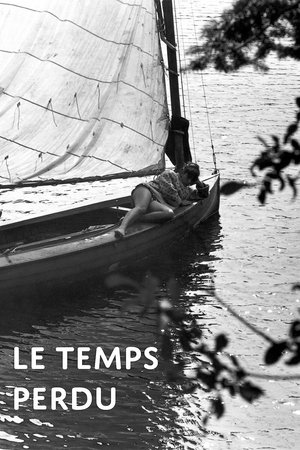 6.1
6.1The End of Summer(fr)
A 16 year old girl recalls the last moments of her summer vacation, spent with friends in the Laurentians north of Montreal. She reminisces about their talks on life, death, love, and God. Shot in direct cinema style, working from a script that left room for the teenagers to improvise and express their own thoughts, the film sought to capture the immediacy of the youths presence their bodies, their language, their environment.
 5.8
5.8Legends of Peruvian Indians(ru)
The film is based myths of the ancient Peruvians, recreated Soviet ethnographers Yuri Beryozkin on drawings Indians Mochica. The action takes place 1,500 years ago. Legend tells of two brothers, demigods, brought the sacred frog. Growing up, the brothers went to the human world, giving them a lot of happiness and a refuge from the evil monsters. But one of the monsters Rikuay survived the battle with his brothers. He deceived his younger brother, went to his centipede, which led him to ally Rica - a witch, who asked his younger brother to give people a weapon that start killing people. Only the intervention of the gods, and his older brother saved people from total destruction
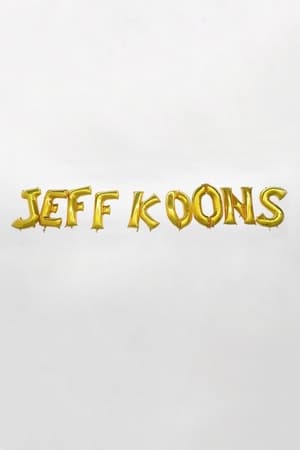 6.0
6.0Jeff Koons(en)
Jeff Koons is a MOCA commissioned mini-documentary on the career of artist Jeff Koons, directed by Oscar Boyson.
Looking for Myself(nl)
This documentary tells the story of Deborah whom suffered from anorexia.
 6.3
6.3The Dreamlife of Georgie Stone(en)
Sharing her journey from child to teen activist, Georgie Stone looks back at her life and historic fight for transgender rights in this documentary.
 7.1
7.1The Arrival of a Train at La Ciotat(fr)
A group of people are standing along the platform of a railway station in La Ciotat, waiting for a train. One is seen coming, at some distance, and eventually stops at the platform. Doors of the railway-cars open and attendants help passengers off and on. Popular legend has it that, when this film was shown, the first-night audience fled the café in terror, fearing being run over by the "approaching" train. This legend has since been identified as promotional embellishment, though there is evidence to suggest that people were astounded at the capabilities of the Lumières' cinématographe.
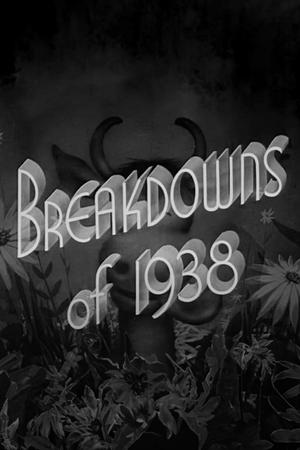 5.0
5.0Breakdowns of 1938(en)
Flubs and bloopers that occurred on the set of some of the major Warner Bros. pictures of 1938.
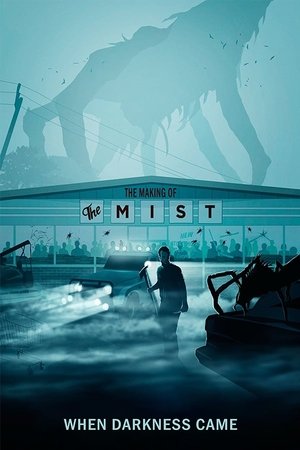 8.2
8.2When Darkness Came: The Making of 'The Mist'(en)
Behind the scenes documentary on the making of the film.
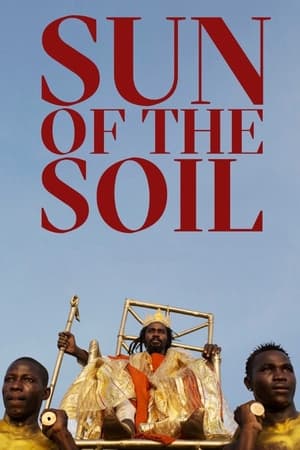 7.0
7.0Sun of the Soil(en)
Acclaimed artist Abdou Ouologuem delves into the legend and legacy of the richest person in the history of the world, the 14th century Malian king Mansa Musa, who has been almost entirely wiped from recorded history.
 6.7
6.7Workers Leaving the Lumière Factory(fr)
Working men and women leave through the main gate of the Lumière factory in Lyon, France. Filmed on 22 March 1895, it is often referred to as the first real motion picture ever made, although Louis Le Prince's 1888 Roundhay Garden Scene pre-dated it by seven years. Three separate versions of this film exist, which differ from one another in numerous ways. The first version features a carriage drawn by one horse, while in the second version the carriage is drawn by two horses, and there is no carriage at all in the third version. The clothing style is also different between the three versions, demonstrating the different seasons in which each was filmed. This film was made in the 35 mm format with an aspect ratio of 1.33:1, and at a speed of 16 frames per second. At that rate, the 17 meters of film length provided a duration of 46 seconds, holding a total of 800 frames.
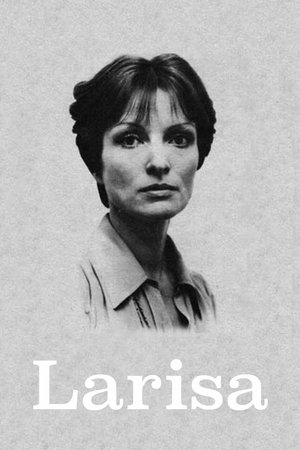 6.0
6.0Larisa(ru)
Elem Klimov's documentary ode to his wife, director Larisa Shepitko, who was killed in an auto wreck.
